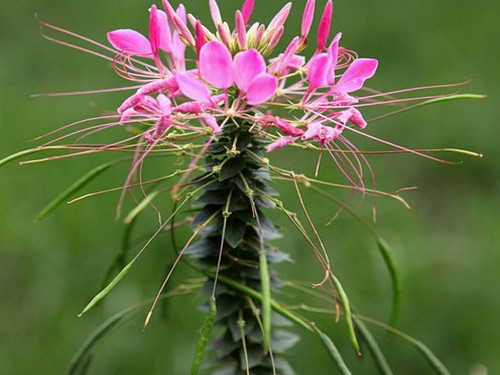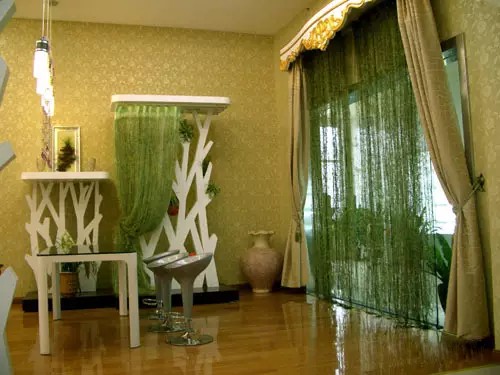How to maintain Hawthorn bonsai
Hawthorn is a kind of garden beautification tree with high economic value. The tree is tall and magnificent, the branches are flat and Qiu Qu, and the tender leaves are pale green and beautiful. Hawthorn, green leaves, white flowers, red fruit, all seasons can be viewed. Spring, new shoots sprout, Chiba competition beauty; Summer, jade flowers, graceful; Autumn, red fruit, full of pressure branches; Winter, iron bones Qiu branch, strong feelings. Is a wide range of adaptation, strong nature of gardens, courtyards greening, beautification tree species.

Soil requirements:
Hawthorn, like warm and sunlight, but also cold, drought, tolerance of poor soil. Hawthorn habits strong, like sunshine and warm and humid environment, slightly tolerant of shade, cold, drought and barren, not strict with the soil requirements, but in fertile loose, good drainage permeability of sandy soil growth better.
Fertilization:
During the growth period, it is maintained in an outdoor ventilated and transparent place, watered to achieve the principle of "not watering if it is not dry, but watering thoroughly", applied liquid fertilizer mixed with phosphorus and nitrogen once or twice from March to April before flowering, and applied liquid fertilizer with higher phosphorus and potassium content once every 15 days during the fruiting period.
pruning, topping:
Because of its developed roots, germination force, usually pay attention to the over-dense branches and leaves for thinning, for the vigorous growth of new shoots, can grow to about 20 cm, leave 4 to 6 leaves to pick the heart, in order to promote the short branches of fruit.
Pruning and shaping:
During dormancy period, pruning and shaping shall be carried out, thin branches, over-dense branches and excessive long branches disturbing tree shape shall be cut off, thick medium and short branches shall be reserved, over-long branches extending outward shall be retracted, branches at the rear shall be strengthened, and crown shall be retracted, branches at the upper part of crown shall be cut off, branches at the lower part shall be reserved, and new crown shall be cultivated into shorter one.
Winter maintenance:
In winter, it is placed in a sunny place to protect from wind, pay attention to soil moisture, and supplement moisture in time. The pots are turned over every other year in spring or autumn to increase the fruit-bearing rate. Hawthorn leaves in winter, although it can withstand cold, but its most suitable growth temperature is 18~32℃. If the temperature in the growing season is too low, or the light and nutrients are insufficient, or the summer temperature exceeds 38℃, the growth of the plant will be inhibited. Therefore, the grower must choose the cultivation environment according to the characteristics of the climate in the region to meet the requirements of the plant for temperature and light conditions.
Pest control:
Hawthorn has few diseases and insect pests, and individual plants are prone to yellow disease in growing season, mainly due to soil alkalization. Control methods: mainly apply all-element fertilizer, adding 2% ferrous sulfate to organic fertilizer to promote rapid turning of leaves green.
Hawthorn pests, mainly star caterpillars, leaf rollers, fruit borers, armyworms, scale insects and so on. Control method: 50% monocrotophos, or synthetic pyrethroid 1500~2000 times water solution spray, once a week, continuous 2~3 times can eliminate the above pests.
Time: 2019-06-02 Click:
- Prev

Culture method of potted drunken butterfly
Drunken butterfly flowers dance like butterflies, graceful and chic, suitable for large flower beds, flower borders and background materials. Potted plants can be watched indoors and cut flowers. And it is an excellent honey plant, and it can also be used as medicine. When the drunken butterfly blossoms, the petals open slowly, and the long claws bend to pop out of the flower.
- Next

How to raise air pineapple
Have you ever seen plant curtains? It can also blossom in the air, which is a rare beauty. Pineapple curtains blooming in the air, using pineapple-shaped plants, do not need soil, do not need fertilizer, it is placed on the flower rack, its own red flowers, very beautiful! What are plant curtains? It is understood that
Related
- Fuxing push coffee new agricultural production and marketing class: lack of small-scale processing plants
- Jujube rice field leisure farm deep ploughing Yilan for five years to create a space for organic food and play
- Nongyu Farm-A trial of organic papaya for brave women with advanced technology
- Four points for attention in the prevention and control of diseases and insect pests of edible fungi
- How to add nutrient solution to Edible Fungi
- Is there any good way to control edible fungus mites?
- Open Inoculation Technology of Edible Fungi
- Is there any clever way to use fertilizer for edible fungus in winter?
- What agents are used to kill the pathogens of edible fungi in the mushroom shed?
- Rapid drying of Edible Fungi

